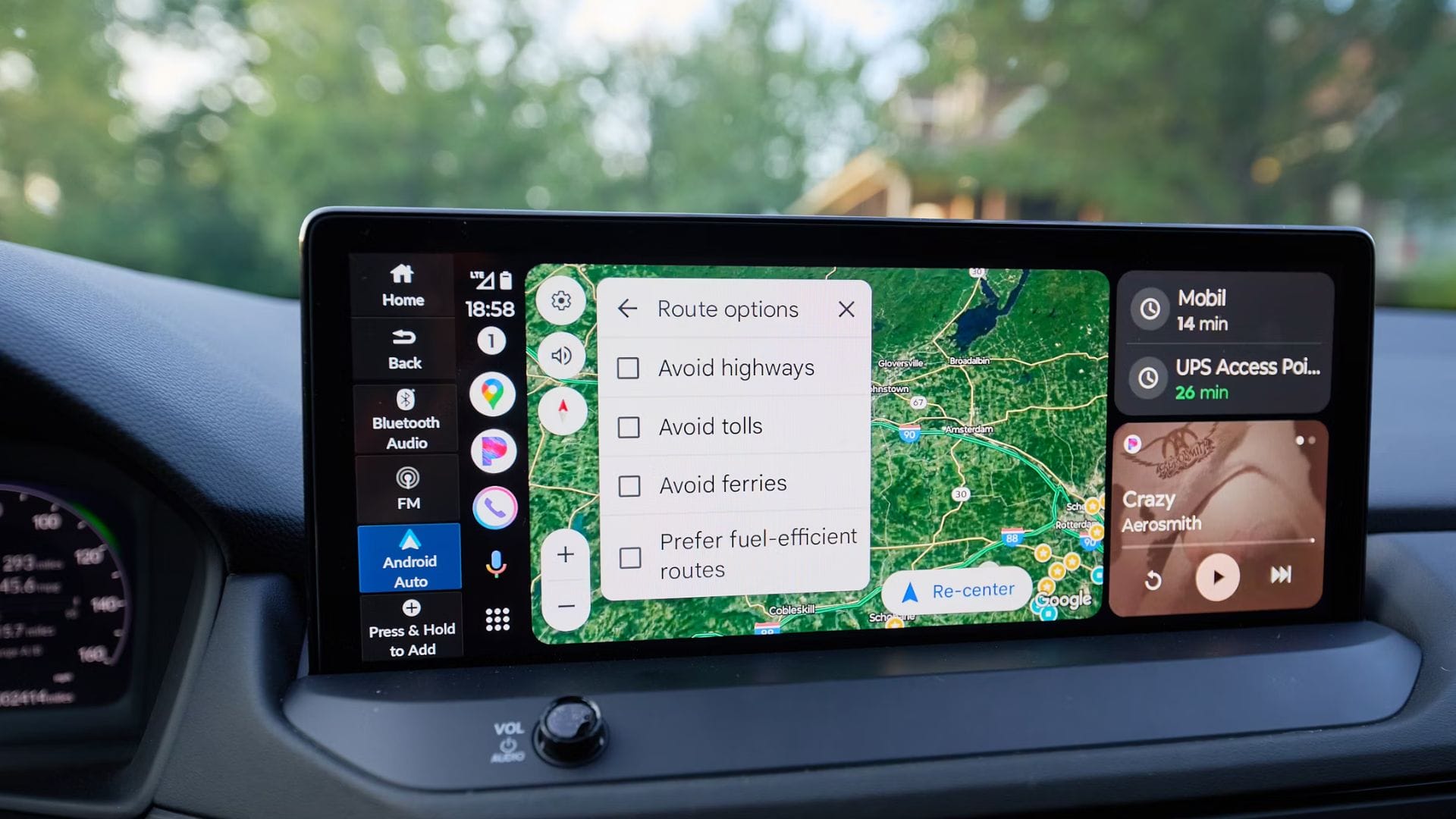Google Maps and Android Auto enhance lane guidance for drivers
Google Maps and Android Auto have enhanced lane guidance for easier navigation, improving the driving experience.

Improved lane guidance panel for a better driving experience
To improve your driving experience, Google Maps and Android Auto have introduced updates to make navigation easier and more efficient. As recently reported by 9to5Google, this update enhances lane guidance, which is particularly helpful when navigating busy streets or unfamiliar areas.
Table Of Content
The navigation system now features an expanded lane guidance panel at the top of the screen. This panel displays white arrows on a green background, indicating which lanes to use when multiple options are available. Expanding this panel means you can now see more clearly how many lanes you have to choose from and which lane you should be in for your next turn or exit. This improvement is designed to reduce confusion during those crucial moments on the road, helping you to stay in the correct lane without any hassle.
While this may seem minor, it significantly enhances the user experience, especially when driving in an unfamiliar city. Traffic can be chaotic, and the last thing you want is to make a last-minute lane change because you missed an important sign. The updated lane guidance provides a reassuring visual aid that helps you navigate more confidently.
Ongoing improvements to Google Maps
Google has consistently been rolling out updates to its Maps application, focussing on enhancing user convenience. These updates often arrive without much fanfare but aim to improve functionality and user experience. While artificial intelligence remains a key focus for Google, these improvements to Maps indicate a commitment to refining the practical tools that drivers rely on daily.
In May, Google introduced features that made locating electric vehicle charging stations easier for drivers. This update not only streamlined the search for charging points but also provided better visibility into road layouts, helping users to plan their routes more effectively. This emphasis on electric vehicles aligns with the growing trend of sustainable transport options.
In July, Google Maps received an upgrade that improved access to parking information. The app now offers better directions to available parking spots near your destination, a feature that addresses one of the more stressful aspects of driving—finding a place to park. Knowing where to park can alleviate a lot of stress, whether you’re headed to a busy shopping centre or a downtown area.
Recent tweaks have also included redesigning the pins marking locations on the map. These enhancements make it easier for users to identify key points of interest while navigating. Additionally, glanceable directions have been integrated into the lock screens of Android and iPhone devices. This means that you can quickly check your directions without having to unlock your phone, keeping your attention focused on the road.
A commitment to driver assistance
The ongoing updates to Google Maps and Android Auto demonstrate Google’s commitment to driving as stress-free as possible. By refining features like lane guidance and parking assistance, the tech giant addresses some of the most common challenges drivers face today.
With these enhancements, navigating through unfamiliar cities becomes more manageable. The improved visuals and practical assistance mean you can focus more on enjoying your journey rather than worrying about directions. As these updates continue to roll out, you can expect a more user-friendly experience that helps you stay safe and confident while on the road.
These updates exemplify how small changes can significantly enhance functionality and overall user satisfaction. As Google continues to develop its navigation tools, drivers can look forward to an increasingly streamlined experience, making every journey a little bit easier.













